

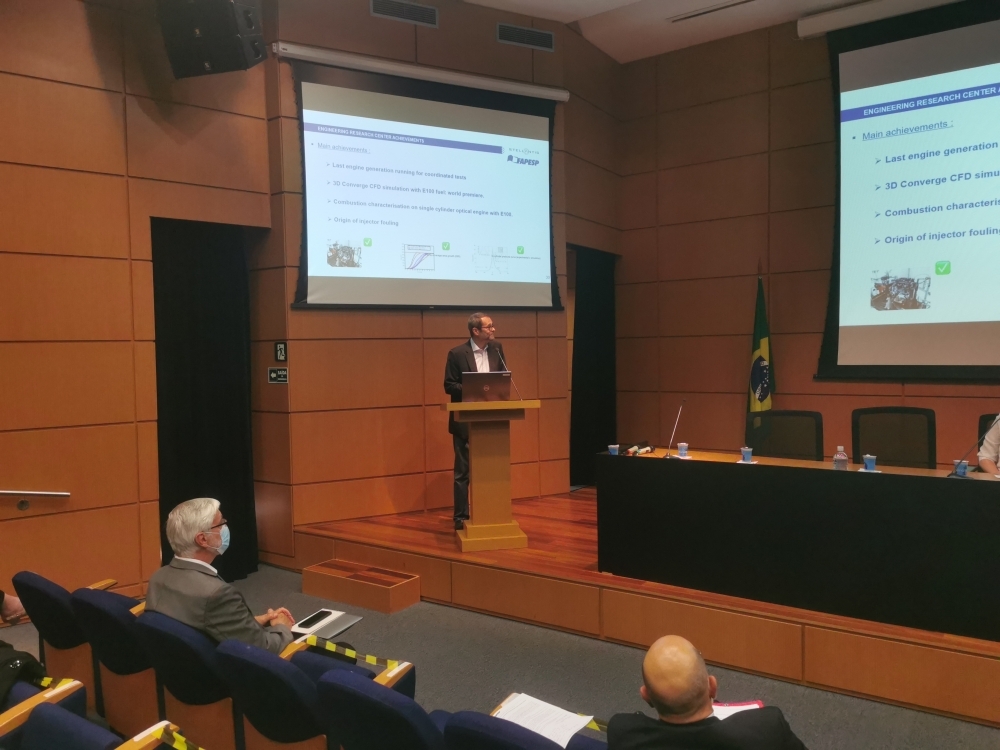
The automotive giant resulting from the PSA-Fiat Chrysler merger is partnering with FAPESP in this ERC, which is integrated with Stellantis’s global network of science labs.

Methods considered emerging are environment-friendly and can be implemented now by industry in various segments.
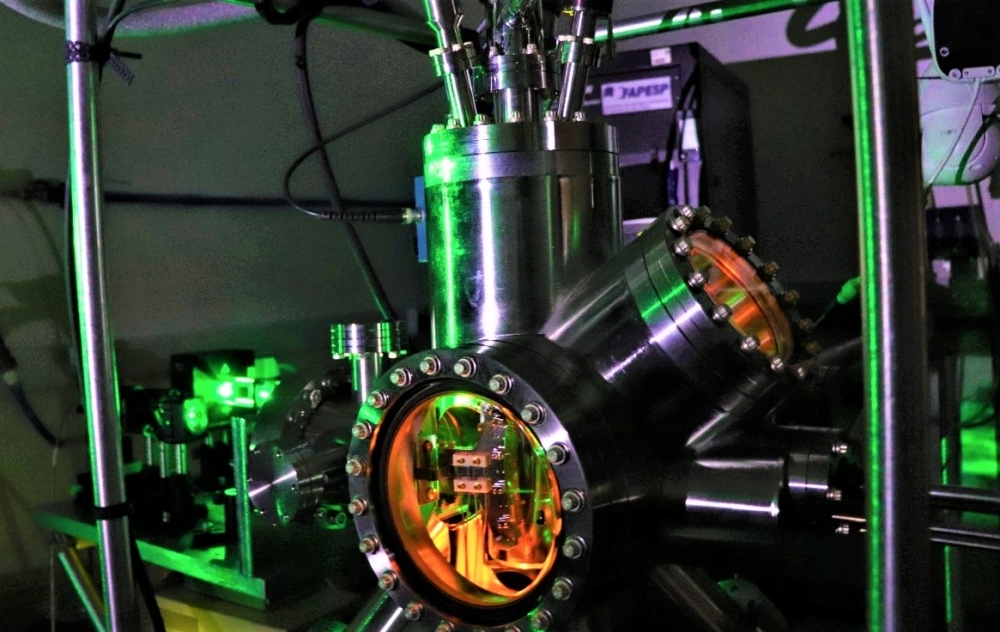
Scientists at the University of Campinas investigated the electronic and optical properties of boron nitride, currently used as an electrical insulator. One of the possible applications is in high-efficiency devices to sterilize spaces, surfaces and water.
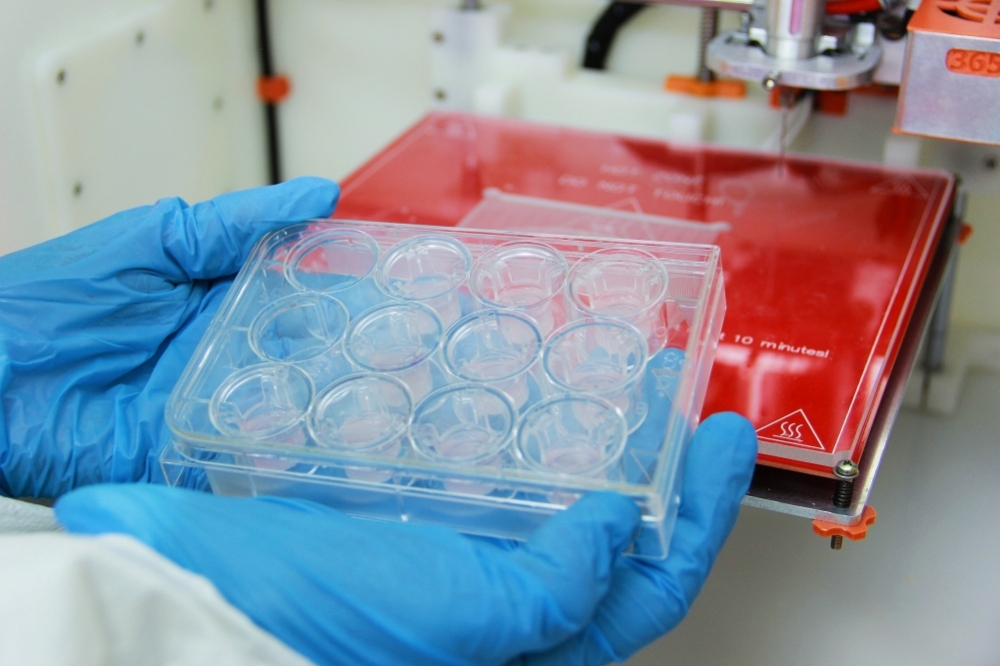
FAPESP has funded development of the solution, which can in future be used to bioprint human organs using cells from the recipient.
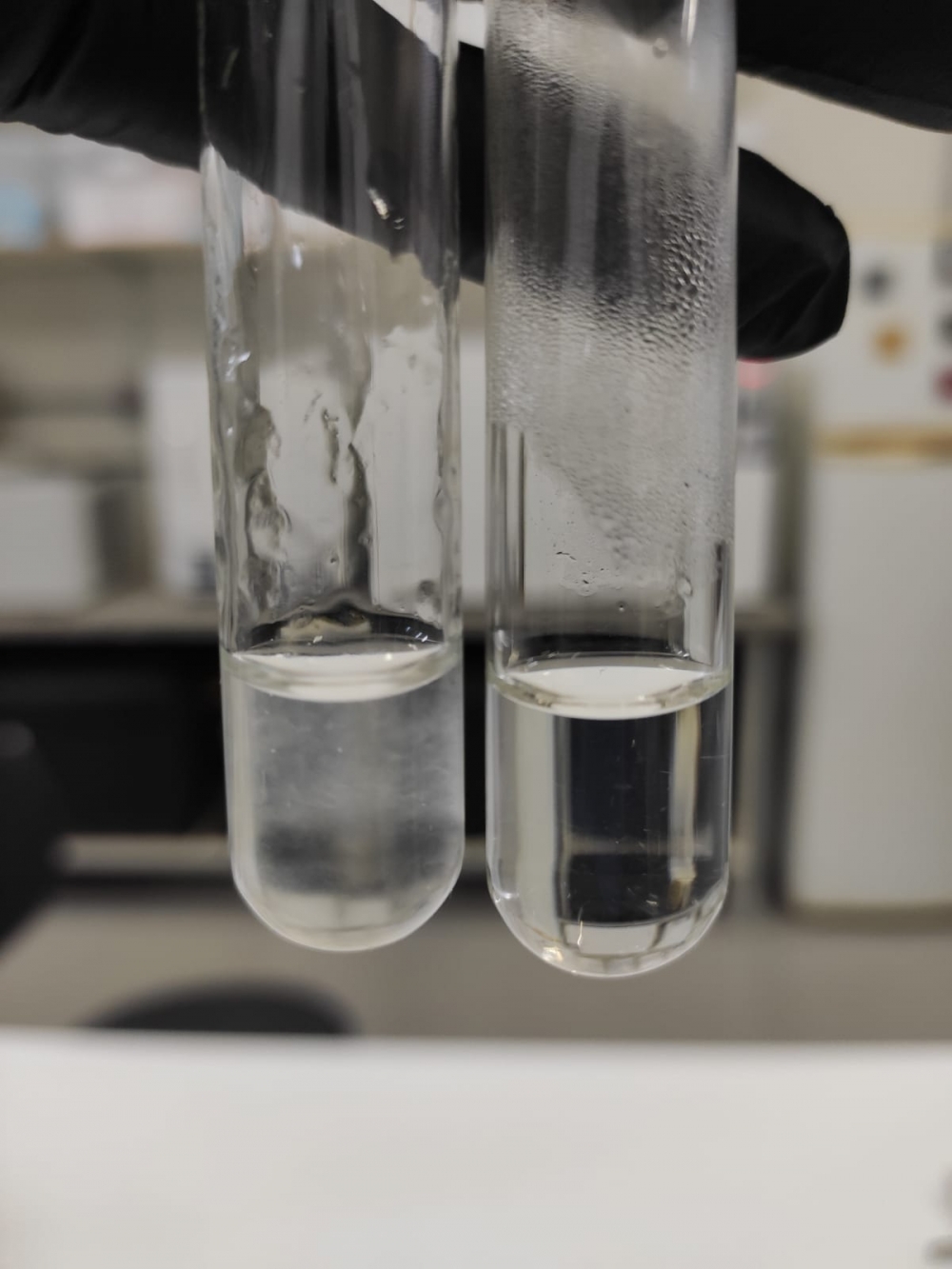
The global market for dermal fillers is expected to reach USD 9.4 billion by 2028. The technique consists of injecting hyaluronic acid into the region to be treated.

A paper by a research group including Brazilian scientists and international collaborators shows that low-cost waste biomass can be upcycled to make bioplastic, electronic devices, equipment for power generation, storage and transmission, and other high added-value products.

The experiment, performed by Dutch and Brazilian researchers, is an important step toward the construction of a quantum internet.
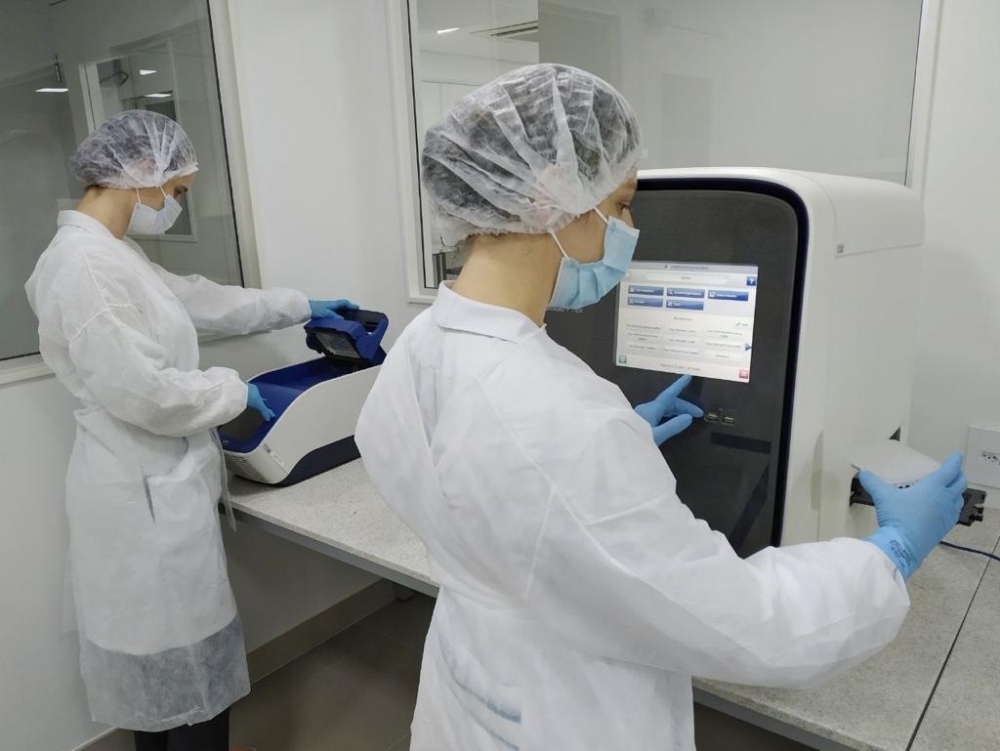
The molecular test mir-THYpe uses biomarkers to detect whether a thyroid nodule classified as indeterminate is cancerous.
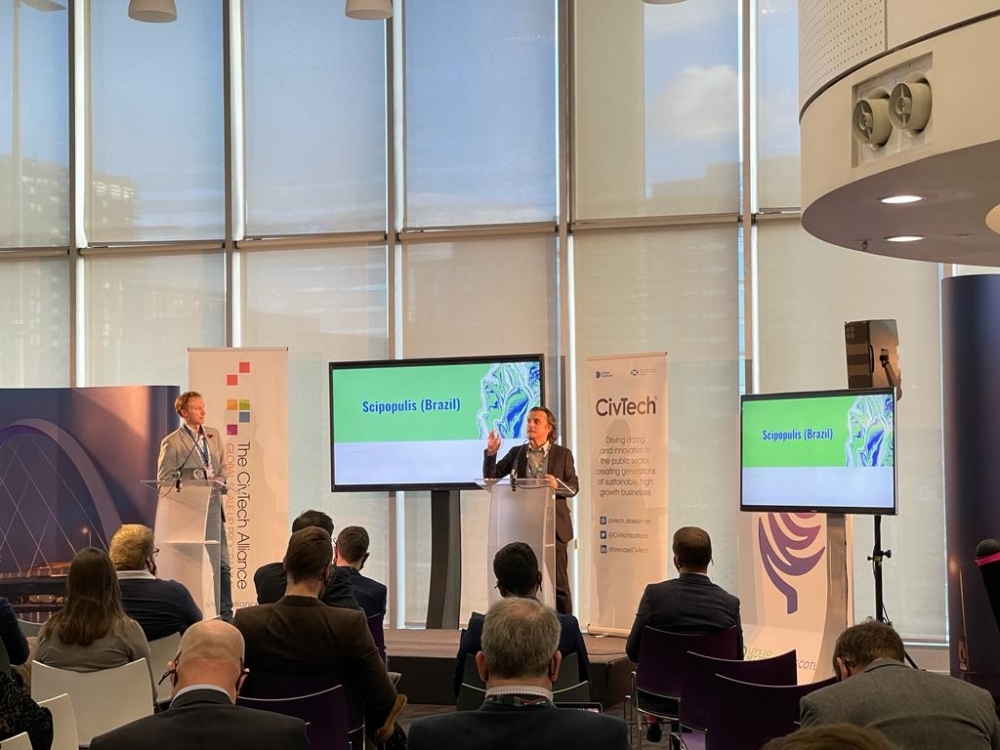
Scipopulis was one of five Brazilian startups selected to participate in a program designed to help innovative fast-growth tech firms implement solutions that mitigate the adverse effects of climate change.

Models capable of predicting the spread of pathogens, algorithms that monitor health complaints on social media, and the use of big data and machine learning to speed up drug development were some of the issues discussed by experts who took part in a webinar organized by FAPESP and the Global Research Council.
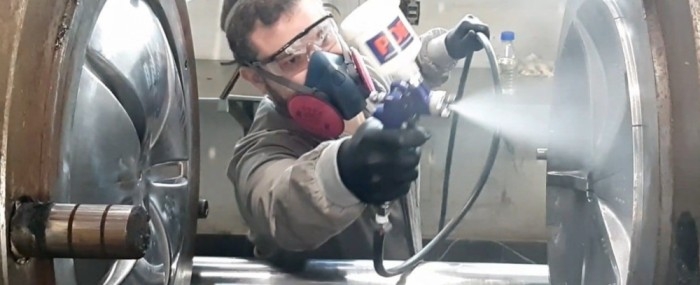
A startup supported by FAPESP has developed a nanotechnological solution for industrial applications that increases the hardness of metal surfaces by 90%.

Benjamin List, who worked with a Brazilian researcher supported by FAPESP, won the prize for developing a cheap and eco-friendly class of catalysts.

Researchers recombined extracts from this fruit industry waste to produce a mini-emulsion that can be used as the basis for an anti-aging skin complex.
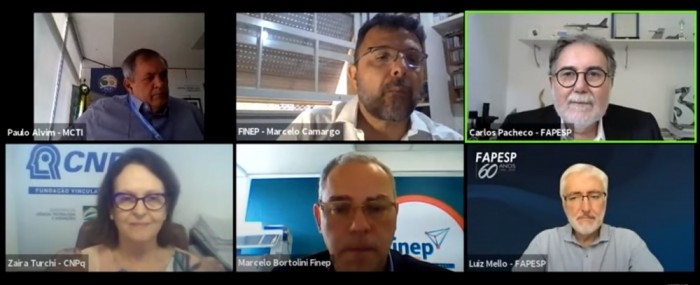
Proposals must be submitted by October 25. Around 1,000 innovative ideas are expected in Phase 1 of the program.

Designed and built by researchers at the Center for Development of Functional Materials, the device is much cheaper than the conventional technology.
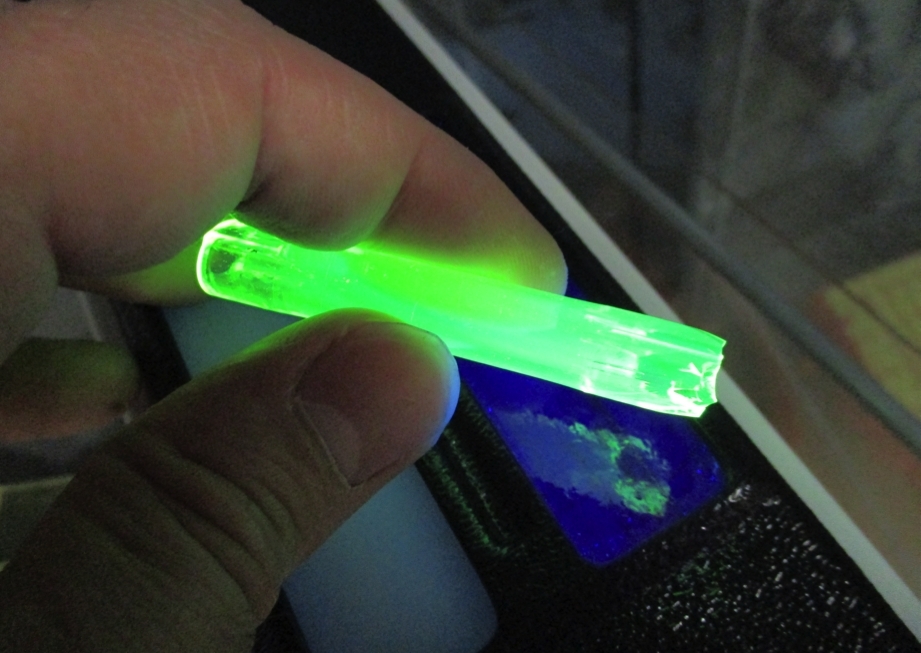
Brazilian scientists have developed an innovation that can be used in sensors to monitor brain function with even greater sensitivity than existing devices.

One of the most promising fields is photovoltaics. Prototype perovskite solar cells have been shown to be more efficient than commercial silicon-based cells.
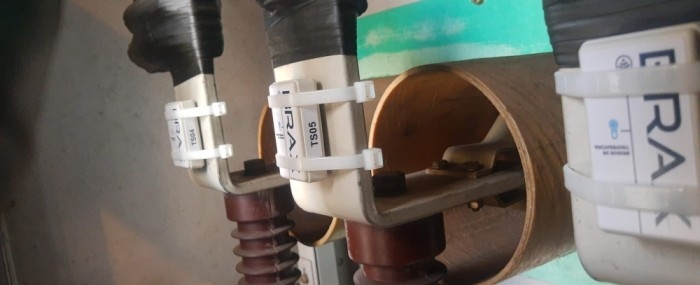
Technology developed by a startup with FAPESP’s support dispenses with manual inspection, diagnosing problems rapidly and accurately, facilitating preventive maintenance, and cutting costs.

A system for identifying people and controlling access developed by a Brazilian startup lets guests check in remotely and open room doors using smartphones.

The Brazilian startup Crop Biotecnologia has developed a peptide that inhibits bad cholesterol receptors in the liver. The researchers who founded it took part in the 18th edition of the PIPE High Tech Entrepreneurial Training Program.
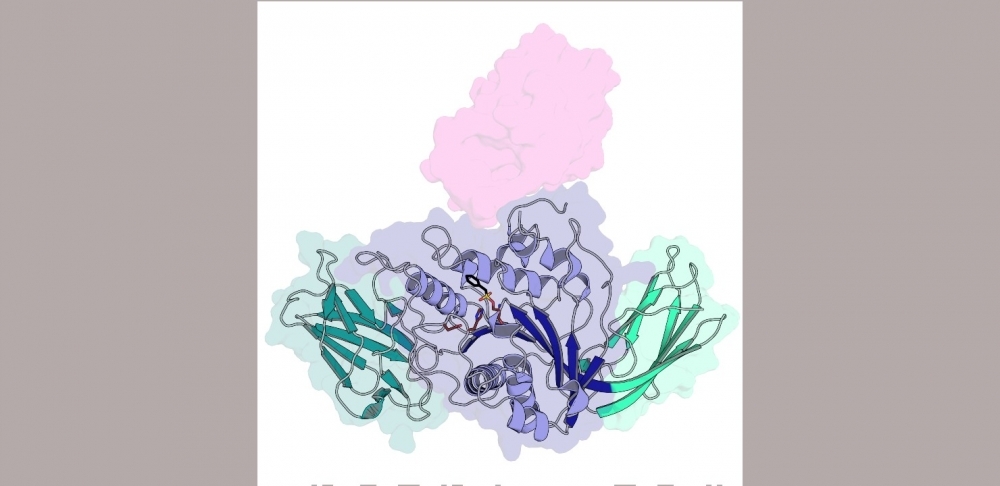
A study led by Brazilian scientists revealed the biological process used by Xanthomonas to weaken the defenses of plants and discovered a novel class of enzyme that can be used to obtain advanced sugars from agroindustrial waste.

The platform is used by several hospitals, has more than 2,500 users, and performs 800 care processes per month on average.
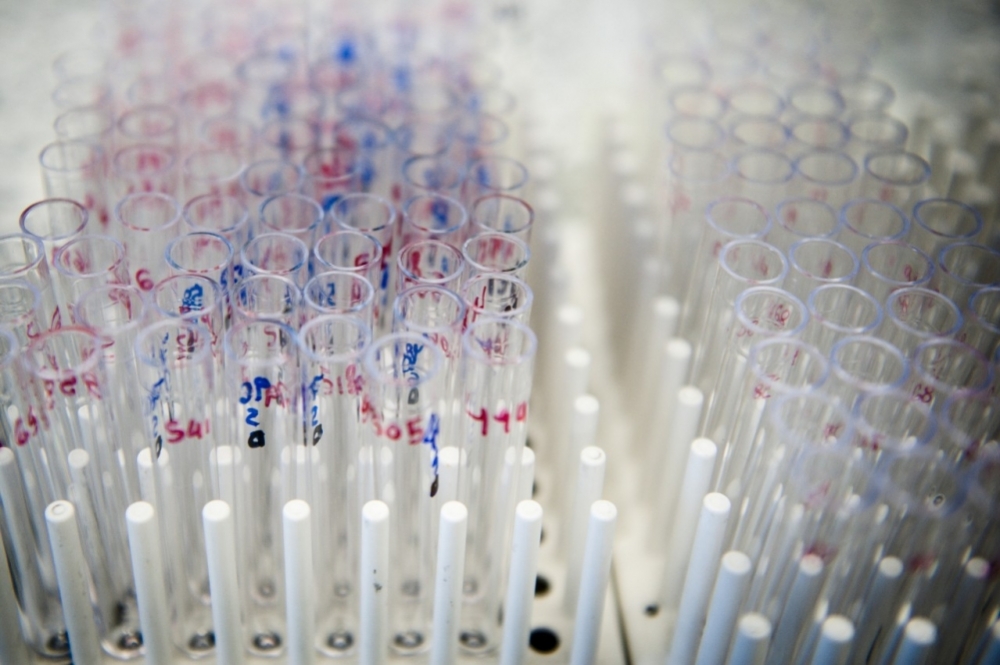
With FAPESP’s support, Cellco created a novel process to produce enzymes used in DNA manipulation in vitro, including cloning, sequencing and mutagenesis, among other techniques, with applications in medical diagnostics and forensic analysis based on genetic material.

Developed by startup In Situ from stem cells and a hydrogel, the product is bioprinted and placed lightly on the skin.
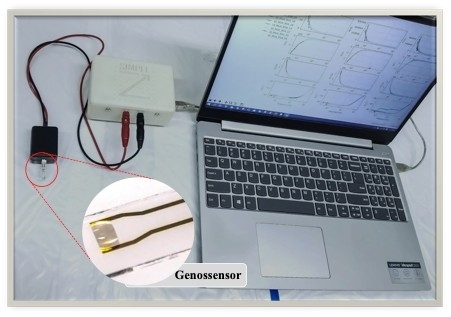
Non-invasive method uses samples of saliva or other body fluids. The diagnosis can be obtained by means of computational techniques for visualizing data and machine learning.